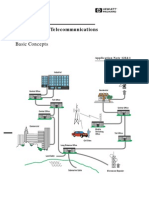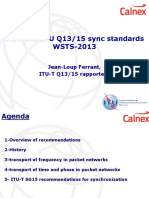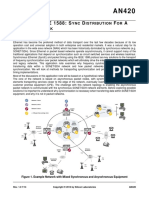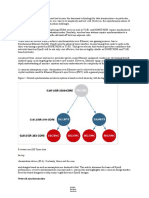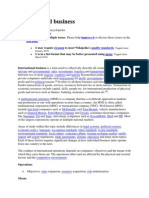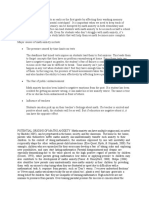0% found this document useful (0 votes)
18 views46 pagesNetwork Sync - Introduction July08
The document discusses the importance of network synchronization in digital transmission networks, emphasizing its role in maintaining availability and reliability while minimizing disturbances. It outlines the goals, methods, and standards for synchronization, as well as the implications of poor synchronization, such as slips and jitter. The conclusion highlights the need for robust synchronization planning to enhance performance and mitigate degradation in digital services.
Uploaded by
NA NguyenCopyright
© © All Rights Reserved
We take content rights seriously. If you suspect this is your content, claim it here.
Available Formats
Download as PDF, TXT or read online on Scribd
0% found this document useful (0 votes)
18 views46 pagesNetwork Sync - Introduction July08
The document discusses the importance of network synchronization in digital transmission networks, emphasizing its role in maintaining availability and reliability while minimizing disturbances. It outlines the goals, methods, and standards for synchronization, as well as the implications of poor synchronization, such as slips and jitter. The conclusion highlights the need for robust synchronization planning to enhance performance and mitigate degradation in digital services.
Uploaded by
NA NguyenCopyright
© © All Rights Reserved
We take content rights seriously. If you suspect this is your content, claim it here.
Available Formats
Download as PDF, TXT or read online on Scribd
/ 46


